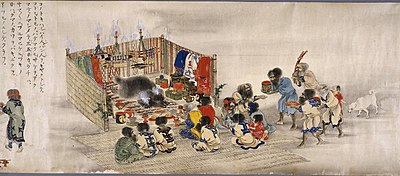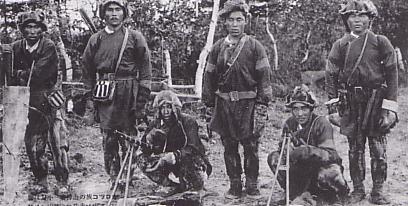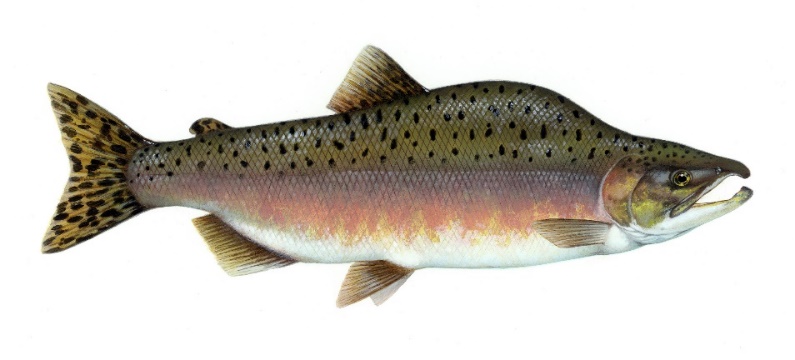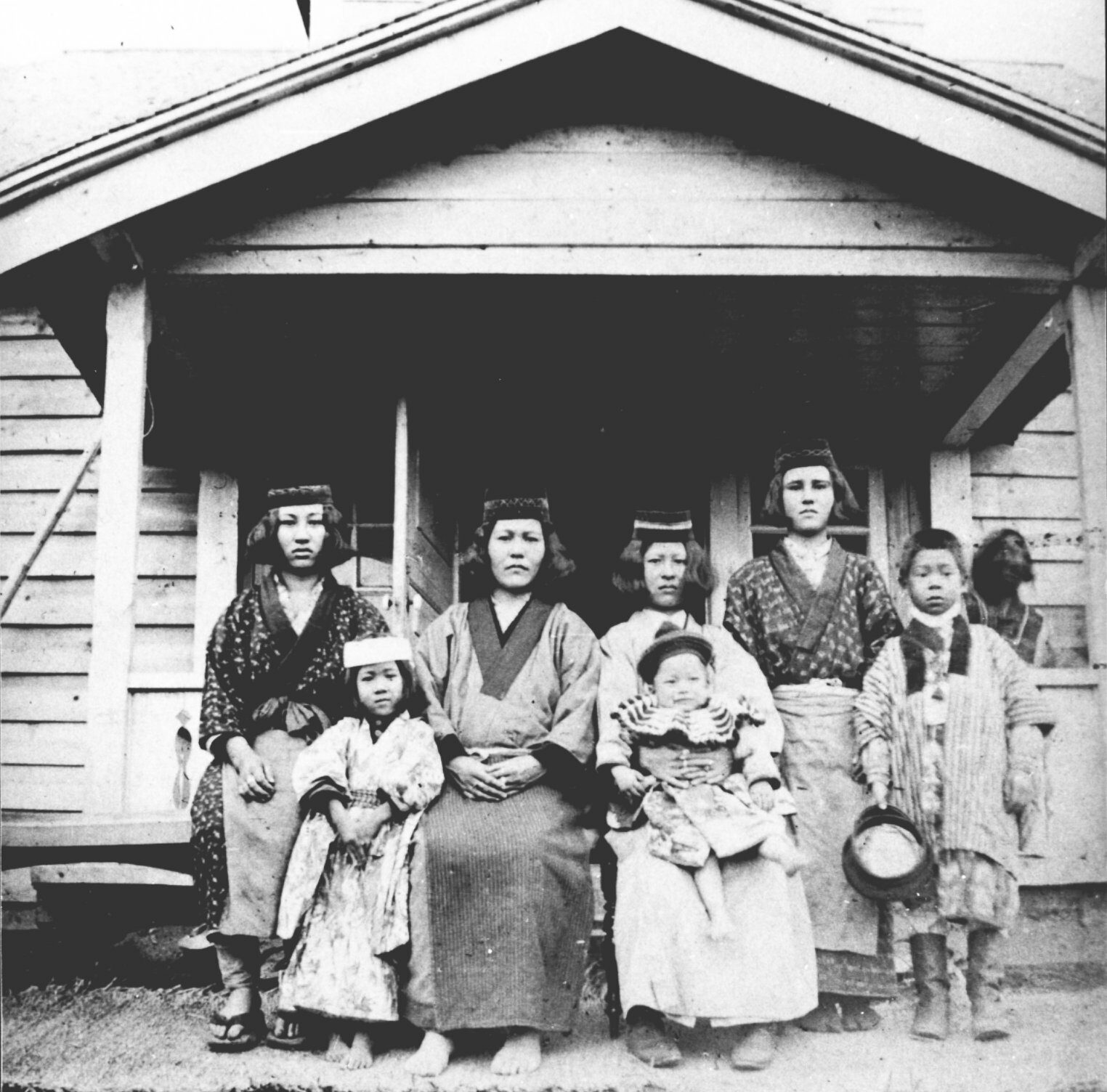
Ethnography
Bear Festival
Activities
The Bear Festival is the name of the most important event in the Ainu culture and religion, and involves the sacrifice of a young bear to the greatest of gods, the God of the Mountains, who is regarded as the giver of all food in the form of forest fruits and animals. The Ainu name for this holiday is IOMANTE, which means “sending back the soul.” In fact, the Ainus believed that the spirit of a sacrificial animal makes a journey back to the place from where it came, i.e. the land of the gods (kamui); and what remains for the Ainus to consume is its meat, the skin that will serve them, and its bones. The skull itself, cleaned and decorated, is placed on a special pole on the sacred fence, from where it guards the house. It was believed that upon arriving in the land of the gods, the spirit of the bear reports on how it was treated on earth and intercedes for the villagers in their affairs and prayers.

Japanese painting, 1870, from the collection of the British Museum
The ceremony of sacrificing an animal was carefully prepared by the entire village, but the most important functions were performed by the members of the family that prepared the animal. The preparation involved raising for 2 years a small bear found earlier in the forest, for example during a hunt. As long as it was small, such a bear lived in the household with people and was carefully fed and cared for. When it reached the size and weight that made it dangerous for humans, it was placed outside the house in a special cage made of poles.
The festival was not held on any fixed day. It was usually designated on the occasion of an important event of the family, and for example, was often combined with the mourning of fishermen who died suddenly while fishing.
The event lasted three days, from preparation through ceremonial removal from the cage, mourning, adornment of the bear’s head and neck, leading to the place of sacrifice, a shot from the bow straight into the animal’s heart, and then a day-long feast with meticulous sharing of the meat and bones among the entire community present, as well as the absent (living far away) relatives of the sacrificers. The bravest men were chosen to lead the animal and shoot the bow. Ceremonial vessels were used only on the occasion of this particular feast.
There were somewhat rarer ceremonies to send back the soul of a living being other than a bear, such as a fox or an owl. The fox was regarded as a messenger between people and the gods of the forest, and the owl – as a protector of the village.
Bronisław Piłsudski was one of the first to make description of the Bear Festival, having had the opportunity to participate in this mysterious and dangerous rite several times.




